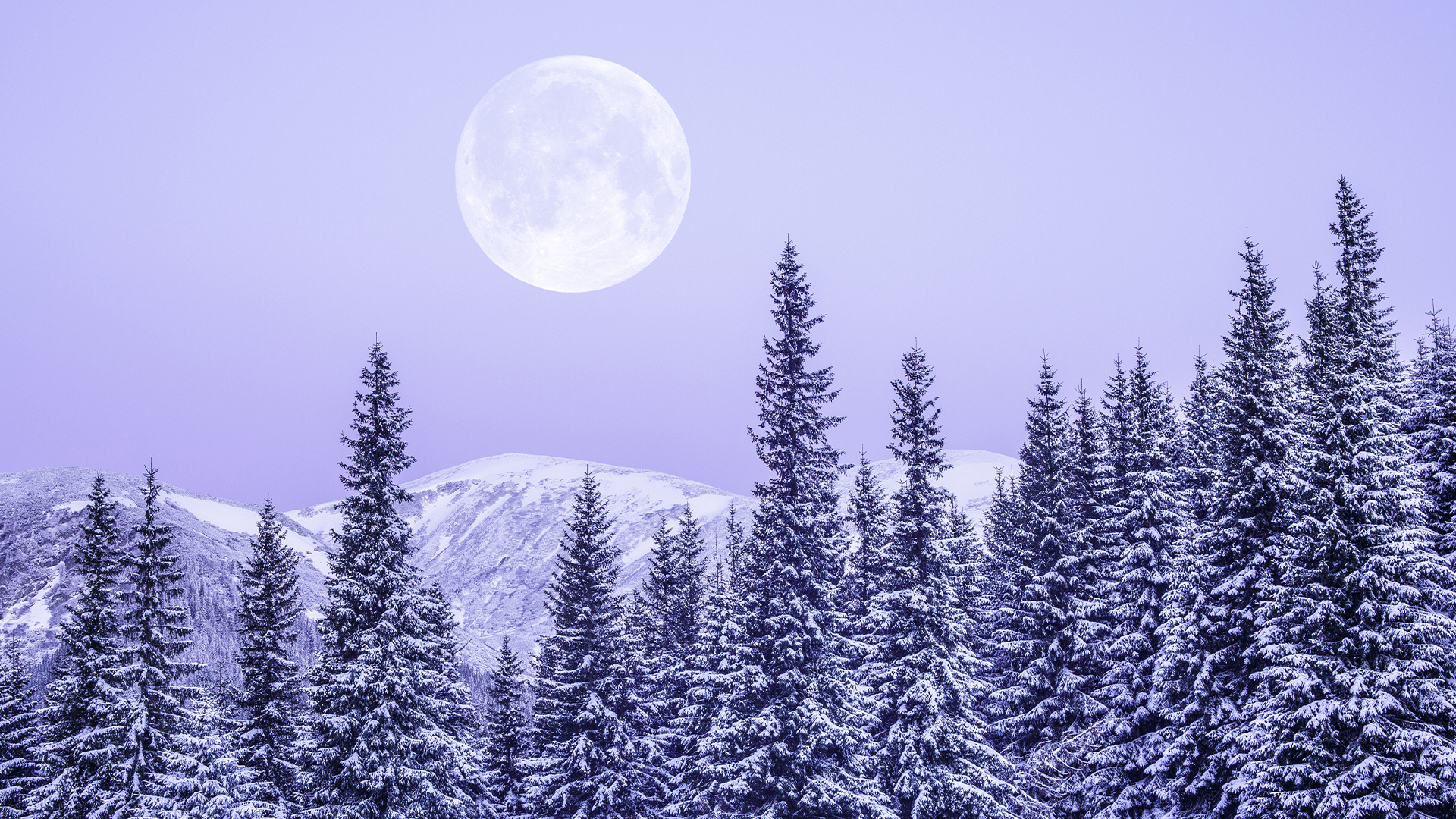
Winter is officially coming to the Northern Hemisphere — and, with it, the longest night of the year. This year, that also means a special skywatching opportunity is at hand, with Jupiter shining brightly next to a nearly-full moon.
The winter solstice, which will occur at 10:28 p.m. EST on Thursday, Dec. 21, is a special day for our planet. Earth orbits the sun every 365 days while spinning on an axis tilted by 23.5 degrees. Its northern axis is tipped away from the sun on the winter solstice, resulting in the day with the fewest hours of daylight, and thus the longest night, all year in the Northern Hemisphere.
Simultaneously, the planet's southern axis tips toward the sun, meaning the day with the most hours of daylight and the shortest night in the Southern Hemisphere. Earth's tilt can be felt most extremely at the planet's poles, with the sun not setting all day at the South Pole and not rising at all at the North Pole.
The December solstice is when the sun shines above the Tropic of Capricorn at noon. It's a line on a map precisely 22.5 degrees south of the equator — running through Africa, Australia and South America — that marks the most southerly latitude at which the sun can appear directly overhead at noon.
From the Northern Hemisphere during the solstice, the sun is consequently as low in the sky as it ever gets. That leaves the moon to appear high in the sky during winter in the Northern Hemisphere, presenting an exciting skywatching opportunity.
Related: 10 temples, tombs and monuments that align with the summer solstice
On the solstice, the waxing gibbous moon will shine to the right of Jupiter, the brightest planet in the evening sky. To see them shine together, look high above the southeastern horizon as soon as twilight begins. If you're just getting into skywatching, a pair of stargazing binoculars or a good small telescope can help you get the most out of the moon and Jupiter's nighttime dance.
If you miss them, there's a second chance on Friday, Dec. 22, when the moon will have moved to Jupiter's left. It's also the peak of the annual Ursid meteor shower, but with such a bright moon, the shower's modest five to 10 "shooting stars"” per hour will be almost impossible to see.







